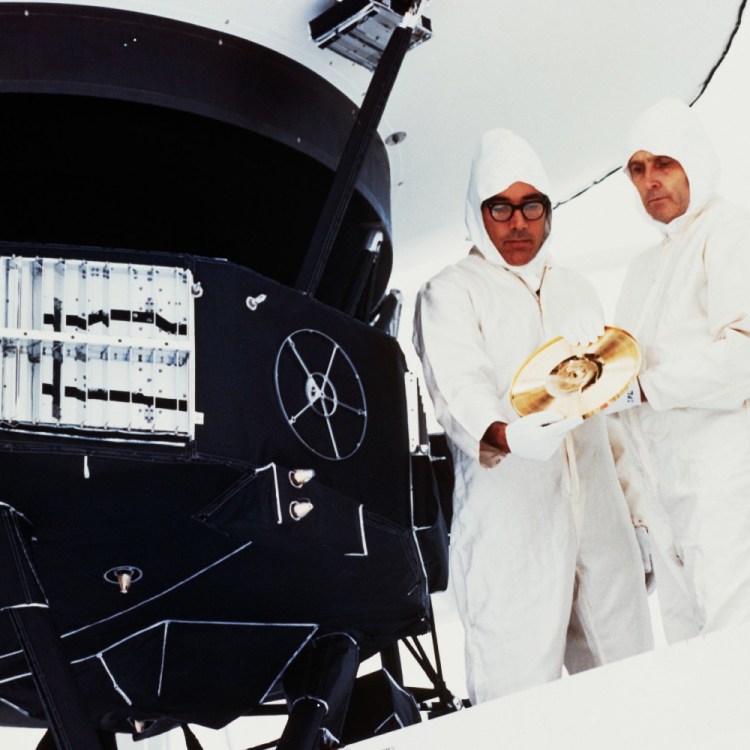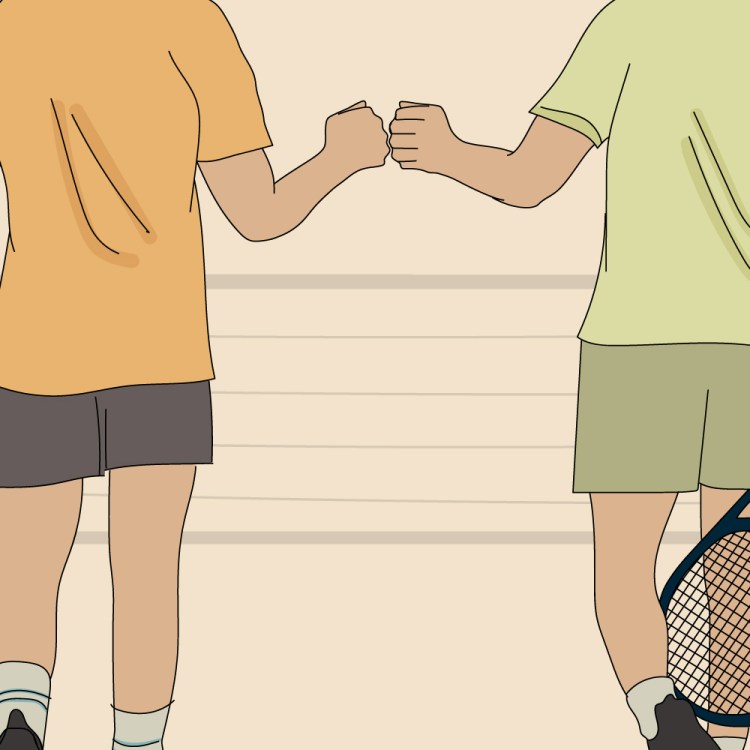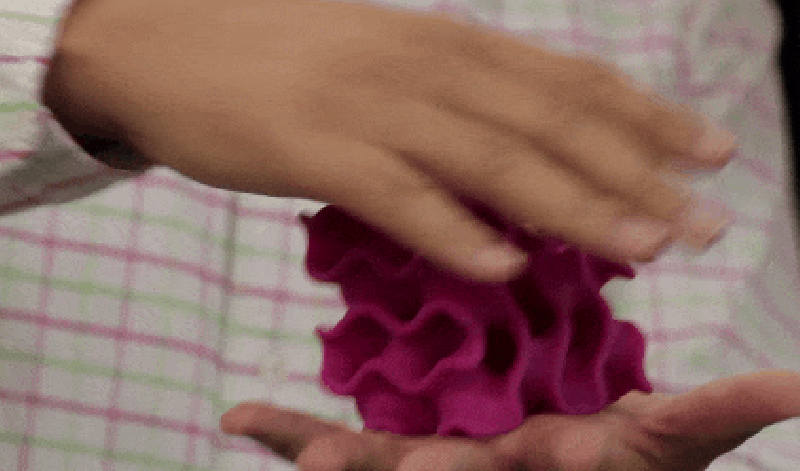
Graphene is thought to be the strongest of all two-dimensional materials. But researchers haven’t had so much luck translating that to a 3-D environment. That is, until now. Researchers at MIT have successfully designed, in simulation, a 3-D printed material that’s a lot stronger: It’s five percent the density of steel and 10 times stronger than it.
The groundbreaking project was led by Markus Buehler, the head of MIT’s Department of Civil and Environmental Engineering, who assembled a team of top engineers to bring it to fruition. They figured out that they could compress small flakes of graphene with enough heat and pressure. The resulting physical structure was not unlike coral, which has a large surface area proportional to its volume.
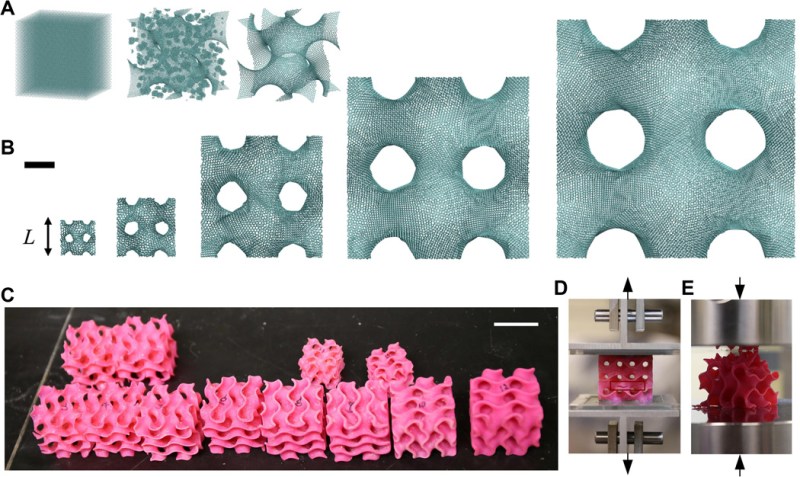
Buehler’s team used a high-resolution 3-D printer to simulate the making of the material, then put it through a battery of simulated tensile and compression tests to see how it held up. Buehler explained the difference between two-dimensional graphene and the 3-D–printed samples from his experiments to paper: unaltered, paper is a weak material that can be easily manipulated; but when it’s rolled into a tube, it strengthens.
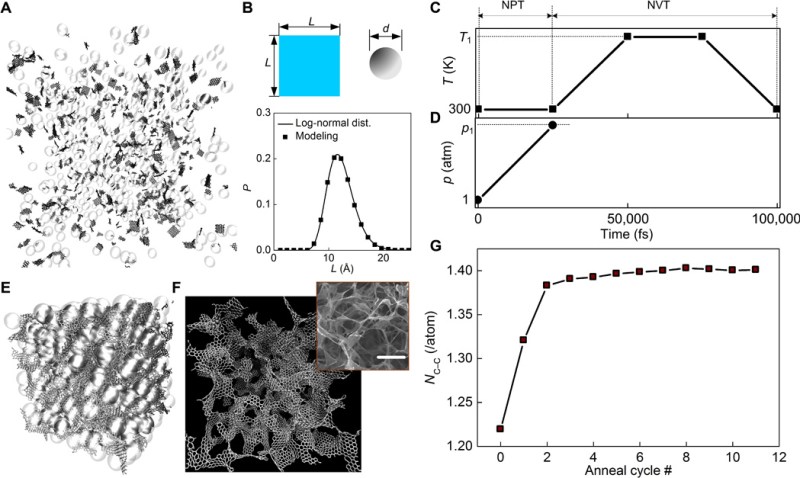
The uses for the 3-D-printed material, if mass produced, could vary. Its strength and light weight would be ideal for building and manufacturing, and its natural porousness could translate well to filtration systems (namely water or chemical processing).
Watch MIT’s video below to see the test simulation.
Click here to read the full results of the MIT experiments, published in Science Advances.
—RealClearLife Staff
This article was featured in the InsideHook newsletter. Sign up now.
















